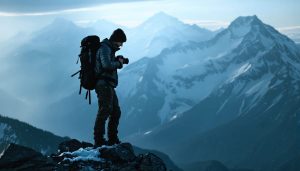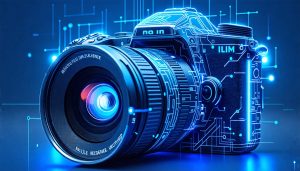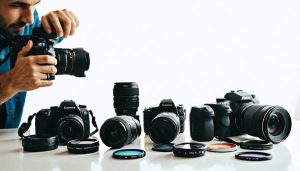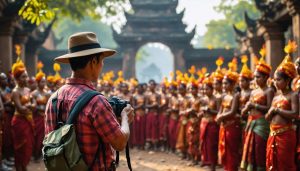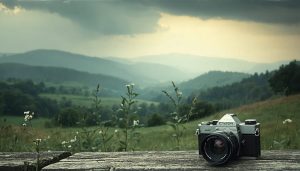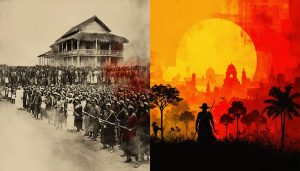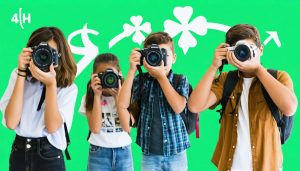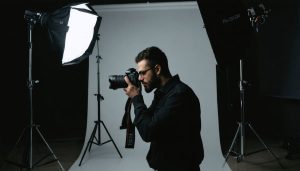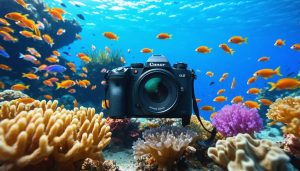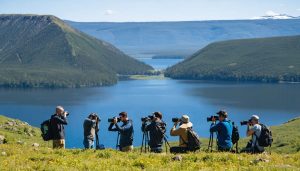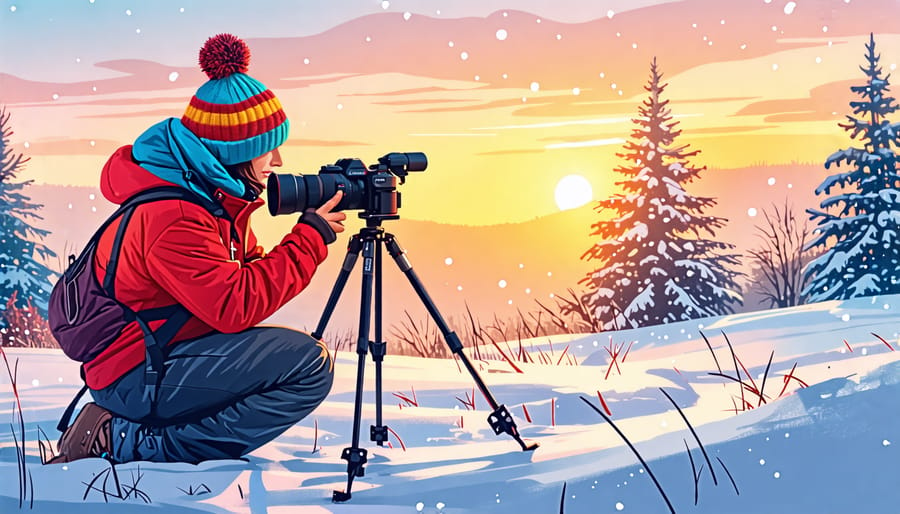
Layer up with breathable, waterproof clothing to stay warm and flexible while capturing winter’s beauty. Protect your camera from harsh elements with weather-sealed covers or DIY solutions like a plastic bag and rubber bands. Optimize battery life by keeping spares warm in your pockets, switching them out frequently to avoid cold-induced power drain. Find stability on icy surfaces by using tripods with spiked feet or a beanbag for ground level shots. Enhance your shots amidst challenging winter lighting conditions with the right gear; check out our guide on photography lighting for more insights.
Layering Up: Personal Gear for Winter Photography
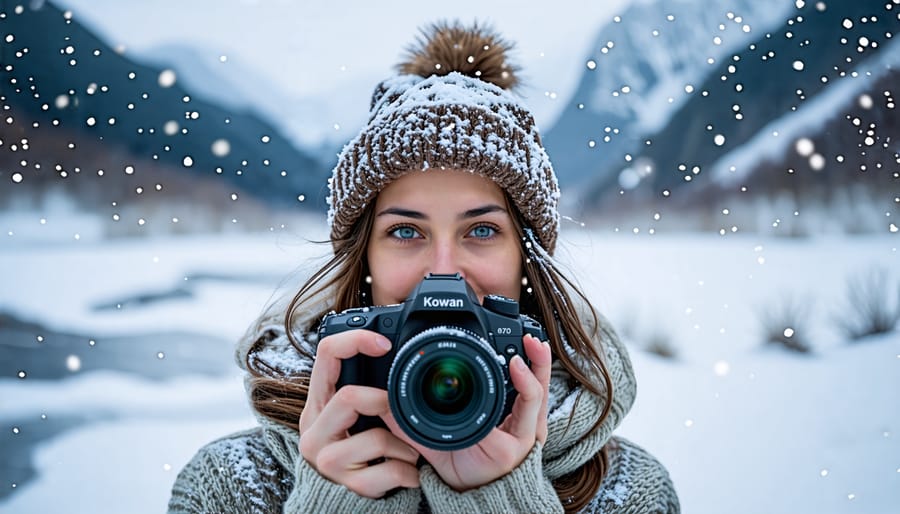
Choosing Thermal Layers
When embarking on winter photography adventures, thermal layering is essential to keep you warm and focused. The principle behind layering is to trap heat and wick moisture away from the body, preventing chills that can distract from capturing the perfect shot. Start with a base layer crafted from materials like merino wool or synthetic fibers. Merino wool is renowned for its excellent insulation and moisture-wicking properties, while synthetic options often dry faster, making them ideal if you expect to break a sweat.
Next, opt for a mid-layer made from fleece or down. Fleece is breathable and lightweight, offering good insulation without adding bulk. Down, on the other hand, provides superior warmth, although it can lose its insulating power if it gets wet.
Brands like Patagonia, Arc’teryx, and Smartwool have consistently delivered reliable thermal layers that balance warmth and comfort. These choices ensure you remain cozy behind the lens without compromising mobility or becoming overheated. Remember, the key to a successful winter shoot is warmth, so equip yourself wisely.
Waterproof Jackets and Pants
When venturing into the winter wonderland for photography, waterproof jackets and pants become indispensable to ensure both comfort and equipment safety. Snow and moisture can compromise your focus while potentially causing damage to your gear if not properly managed. Brands like Arc’teryx and Columbia offer rugged yet lightweight waterproof options that provide excellent protection, ensuring you stay dry amidst snow flurries and unexpected drizzles. These garments are designed to repel water, keep warmth in, and allow breathability. Imagining yourself deep in a snow-covered forest, every crunchy step is a part of the soundtrack of your adventure, all while your jacket’s insulated layers guard against the biting cold. Not only does wearing appropriate outerwear keep you warm, but it also frees your mind to concentrate on capturing those breathtaking winter scenes, from ethereal frost on branches to awe-inspiring snow-capped peaks. Investing in high-quality waterproof apparel empowers you to focus on creativity rather than combating the elements.
Accessories: Gloves, Hats, and Boots
When braving the chill for winter photography, the right accessories can make all the difference. Start with gloves that offer both warmth and dexterity, like those with fold-back fingers or touch-sensitive tips, perfect for adjusting camera settings without exposing your skin to the cold. A windproof hat shields against icy gusts while keeping your head warm, preserving your focus on capturing the perfect shot. Lastly, waterproof boots with good grip protect against slippery surfaces and freezing toes, allowing you to explore diverse landscapes without discomfort. These essentials ensure that nothing stands between you and your vision, even in harsh conditions.
Camera Protection: Keeping Your Gear Safe
Weather-Sealed Equipment
When venturing into winter’s wonderland for photography, using weather-sealed cameras and lenses can be your best bet for ensuring durability and uninterrupted creativity. Weather-sealed equipment provides a robust defense against moisture, dust, and snow, allowing you to focus on capturing the perfect shot instead of worrying about the elements. Imagine you’re poised to capture the serene beauty of snow-draped landscapes, your fingers a bit numb from the cold, but your gear remains unfazed and ready.
For those keen on keeping their equipment safe, models like the Canon EOS R5 and Nikon Z6 II offer excellent weather-sealing capabilities. These cameras are paired perfectly with a range of sealed lenses, ensuring that even the most unpredictable conditions won’t deter you. Opting for weather-sealed Canon camera lenses can complement your setup as well, enhancing durability throughout your winter excursions. In choosing weather-sealed gear, you are investing in peace of mind, knowing your equipment can withstand the winter chill. This small strategic decision empowers you to fully embrace the season’s beauty without hesitation.
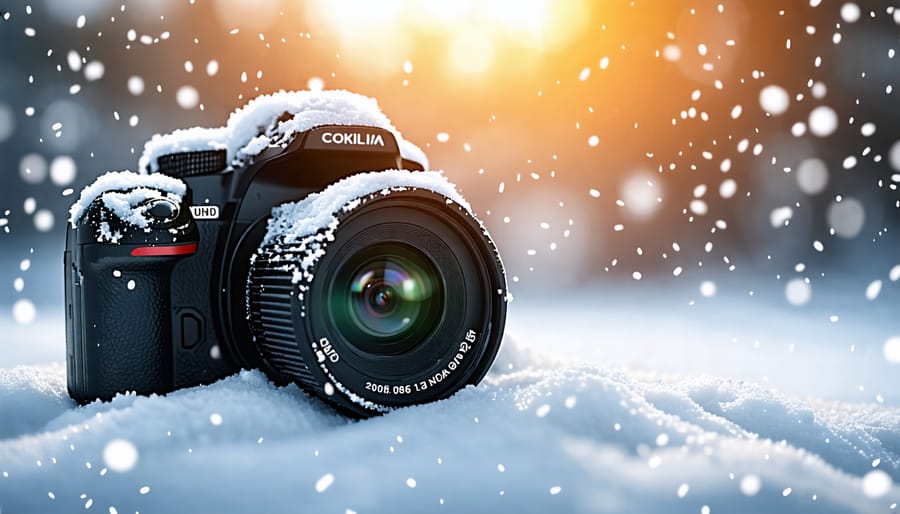
Lens and Camera Covers
Protecting your camera gear from the harsh winter elements is crucial for capturing those stunning frosty landscapes without damaging your equipment. One of the best ways to guard against ice and water is using camera and lens covers designed specifically for winter conditions. These covers, often made of waterproof and weather-resistant materials, snugly fit over your camera and lenses, shielding them from snow, sleet, and moisture. Brands like LensCoat offer neoprene covers that not only protect against the elements but also provide an added layer of insulation. Imagine being on a trek through the snowfields and suddenly noticing snowflakes settling on your lens—without protection, this can result in water damage once they start to melt. A story shared by many winter photographers involves using a simple plastic rain sleeve cover, proving handy in a pinch while keeping your gear dry and functioning. Investing in a proper set of protective covers can make a significant difference, ensuring your equipment thrives even in the coldest conditions, allowing you to focus on what’s important: capturing the moment.
Lens Hoods and Filters
Navigating the winter landscape for that perfect shot often means dealing with challenging lighting and weather conditions. Lens hoods come to the rescue by shielding your camera from the ever-present glare of the sun bouncing off snow, helping to maintain contrast and saturation, ensuring your photos are crisp and vibrant. Meanwhile, filters serve a dual purpose: polarizing filters help reduce reflections on icy surfaces, enhancing the natural hues of wintry scenes, while UV filters provide a protective barrier against snow, moisture, and unexpected debris. With these tools, you’re well-prepared to capture the serene beauty of winter while keeping your equipment safe.
Powering Through the Cold: Batteries and Energy Solutions
Battery Management
Winter can be a stunning time for photography, but cold weather presents unique challenges, particularly for your camera’s batteries. Lower temperatures can significantly drain battery life, leaving you stranded without power. To combat this, always have spare batteries ready; carrying multiple extras can make all the difference between capturing a fleeting moment and missing it entirely. Consider investing in affordable cameras with easily swappable batteries to stay prepared.
A useful trick is to keep your batteries warm. Storing them in an inner pocket close to your body heat can help maintain their charge. When you’re out shooting, regularly switch out the batteries, keeping the secondary ones warm while using the other. Thanks to real-world stories from seasoned photographers, one popular tactic is to utilize adhesive hand warmers, placing them in your camera bag or pocket alongside your batteries. This simple addition can extend their life significantly, ensuring your winter escapades are captured in full.
Portable Power Banks
When winter transforms the landscape into a frosty wonderland, capturing those breathtaking scenes often means braving the cold with your camera. A reliable power source is a photographer’s lifeline in these chilly conditions, as cold weather can drain your camera’s batteries faster than expected. Enter portable power banks, the unsung heroes of winter photography. Compact yet powerful, these devices ensure your gear stays charged, enabling you to focus on capturing the perfect shot rather than worrying about dwindling battery life.
Imagine you’re nestled amid snow-laden pine trees, waiting for the perfect sunrise shot. As the temperature drops, your camera battery plummets. But with a power bank at hand, recharging on the spot is a breeze. Look for models with at least 20,000mAh capacity to keep both your camera and phone powered throughout the day. Some power banks offer quick charging and multiple USB ports, accommodating various devices simultaneously. Investing in a good quality power bank ensures that your creative juices keep flowing, uninterrupted by the winter chill. Whether you’re a hobbyist snapping family moments or a professional capturing nature’s magnificence, a power bank is an essential partner in your cold-weather photography kit.
Stabilization in Icy Conditions: Tripods and Supports
Selecting the Right Tripod
When venturing into the crisp, snowy landscapes for winter photography, selecting the right tripod is crucial. The challenging weather demands a sturdy, reliable partner for your camera. First, consider the material. Carbon fiber tripods, like those from Gitzo, are a top choice for winter conditions. They’re lightweight yet robust, a perfect combination when trudging through snow. Unlike aluminum, carbon fiber is more resistant to temperature changes, ensuring it won’t become painfully cold to the touch or unstable during your shoot.
Stability is critical in icy conditions, so look for tripods with spiked or retractable feet, providing a firm grip on slippery surfaces. Models like the Manfrotto Befree Advanced come with interchangeable feet for versatility. Another vital feature is the ball head or gimbal suitable for various compositions—smooth adjustment is essential when fingers are chilly.
Height and weight are also significant criteria. You’ll appreciate a tripod that extends to eye level without stooping, reducing the risk of losing precious warmth. However, it shouldn’t be so cumbersome that it becomes a burden in the field. Foldable, compact designs with quick-release leg locks ensure you can easily set up or pack down without fumbling in the cold. Ultimately, the right tripod for winter photography is one that balances these features, helping you capture the serene beauty of winter with ease and precision.
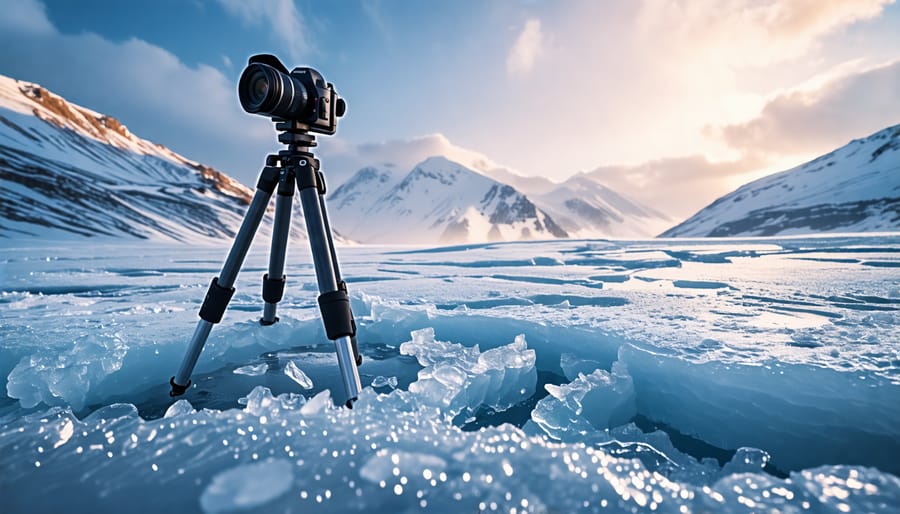
Alternative Stabilization Tools
When braving winter conditions, photographers need more than just sturdy tripods to keep their cameras stable. Enter sandbags and monopods — two versatile stabilization tools that can be lifesavers. Imagine setting up a shot on an icy slope; a few strategically placed sandbags can prevent your tripod from slipping, ensuring your gear stays steady amid blustery winds. Meanwhile, a monopod offers quick mobility, ideal for those capturing fleeting moments like bustling wildlife. They’re lightweight yet provide ample support, helping maintain steady footage when a full tripod isn’t practical. These tools empower photographers to focus on creativity without worrying about their gear.
Conclusion
As we wrap up our exploration of winter photography gear, it’s clear that success lies in thoughtful preparation and attention to detail. From choosing the right clothing to ensure your comfort, to protecting your camera from the harsh elements, every decision affects your ability to capture those stunning winter shots. Remember, the cold can be unforgiving, but with the right gear choices, you can extend your shooting time and enhance your enjoyment. Always consider extra battery management strategies and stabilize your camera effectively – knowing how to hold your camera properly can make a significant difference. The stories you create will be uniquely yours when you’re not battling frostbitten fingers or fogged-up lenses. So, as you venture out into the snow, approach each scene with creativity and confidence, equipped not only with the right tools but also with the knowledge to use them to their fullest potential. Happy shooting!

